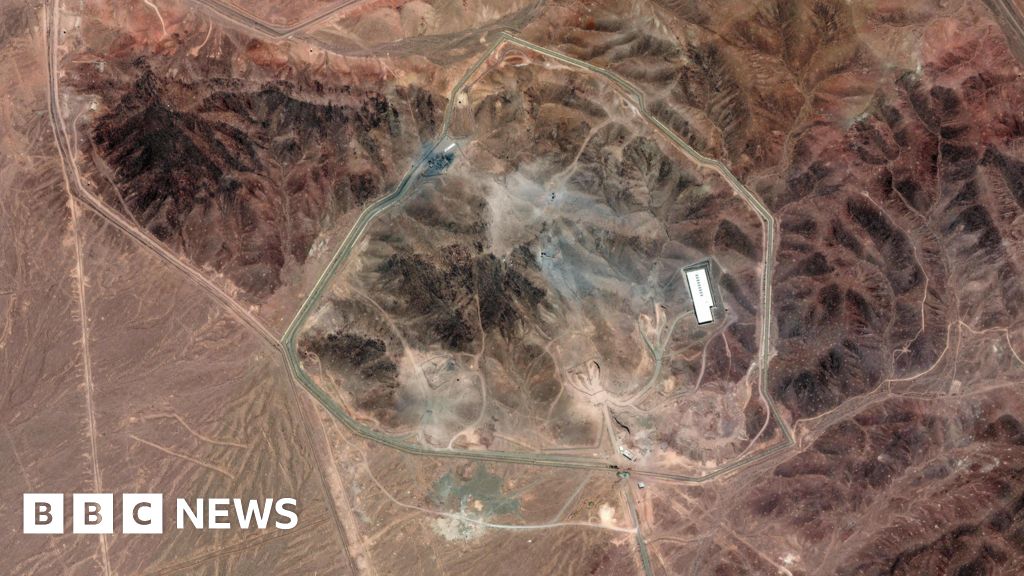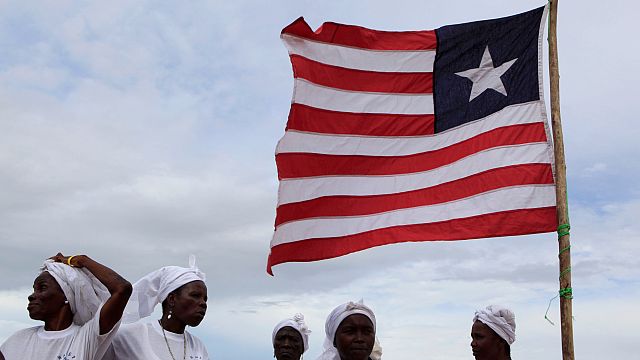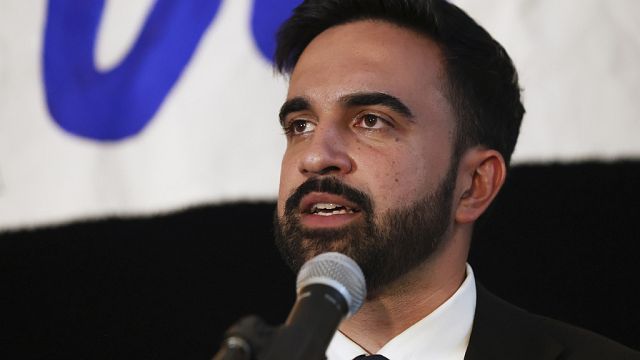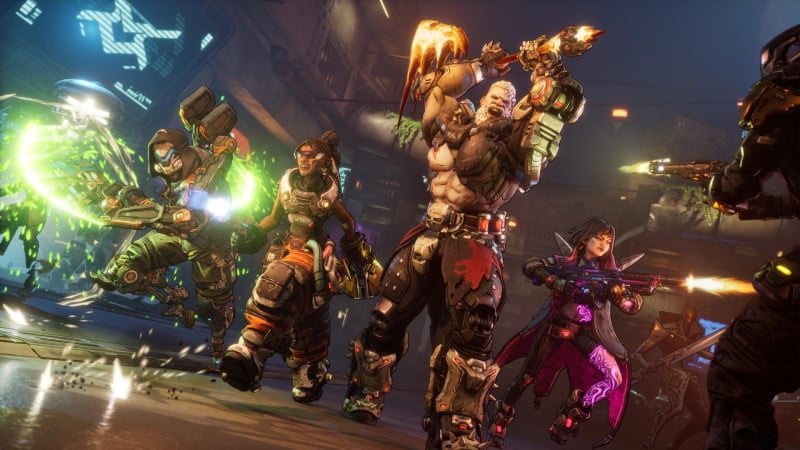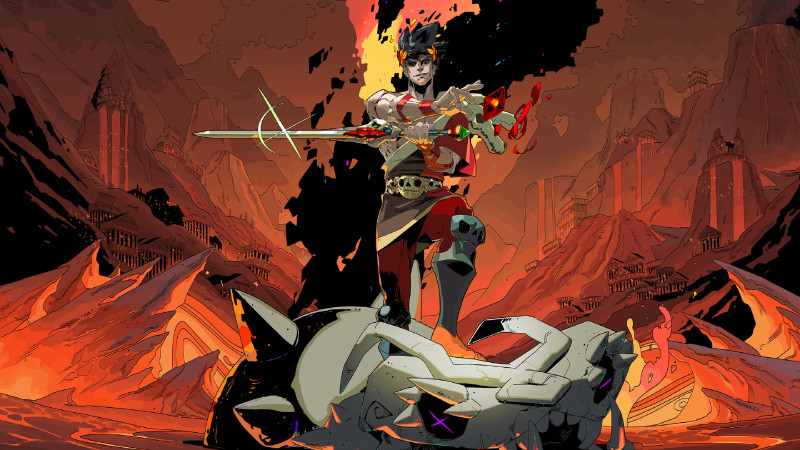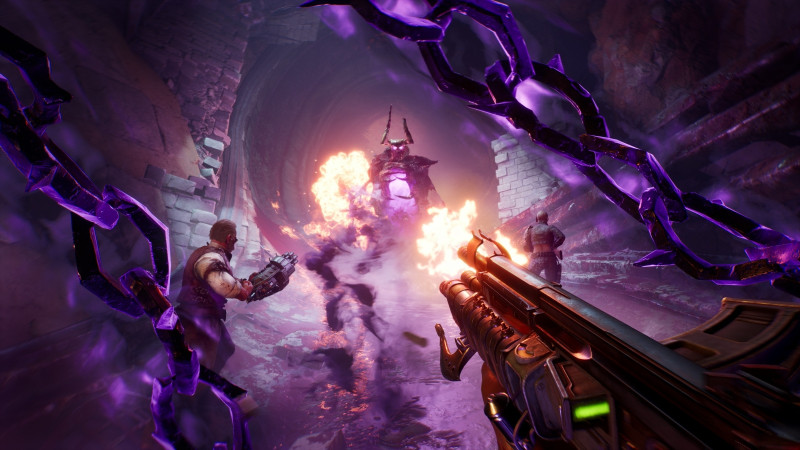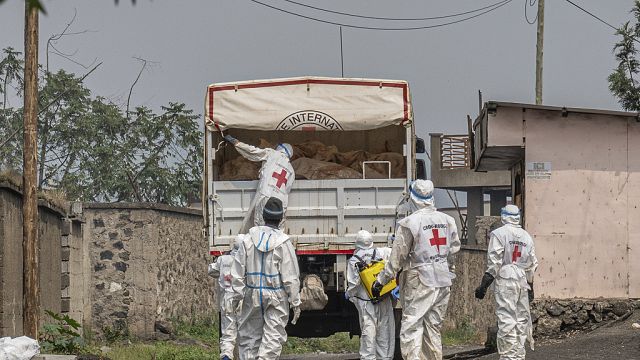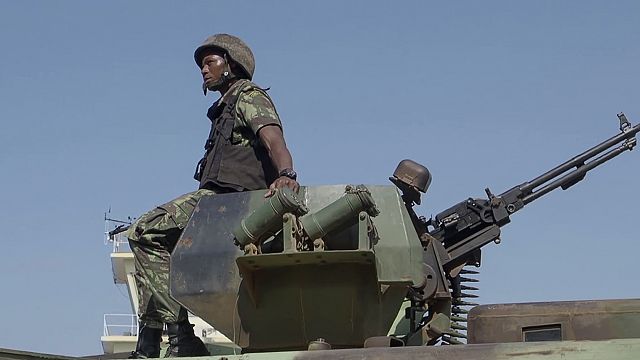What to Know About the Antigovernment Protests in Kenya


Thousands demonstrated on Wednesday to express their anger over government corruption and police brutality. Thousands of people took part in protests against police brutality and government corruption in cities across Kenya on Wednesday. The protests, expressing disenchantment with President William Ruto, were marked by clashes with security forces that left at least eight dead and hundreds injured. The demonstrations were held to mark the first anniversary of mass anti-tax protests during which 60 died and dozens were abducted by Kenyan police. While it is not clear whether the current protests will be as big as last year’s, some experts say the pressure on the Kenyan government has led to some changes. Here is what to know about the protests in Kenya. Demonstrations broke out in various Kenyan cities, but the largest groups were in the capital, Nairobi. Businesses and banks in the city center were closed as the police fired tear gas at protesters waving Kenyan flags. Security forces barricaded the president’s office and Parliament with razor wire and closed off major routes to the buildings. Last year, protesters briefly set the entrance of the legislature on fire. Most of the protesters are young, and the protests so far have been smaller, compared with last year’s demonstrations, when tens of thousands of people joined. Police officers have fired bullets, tear gas and water cannons at protesters. At least two people were killed and several others injured when the police shot at protesters in Maatu, a town about 50 miles from Nairobi, Kenya’s Human Rights Commission said. At least 10 people with gunshot wounds have been hospitalized at a major Nairobi hospital, according to Citizen TV. While the 2024 protests were organized to oppose Mr. Ruto’s proposed tax law — critics said it would raise the cost of everyday goods for Kenyans — the movement has broadened to include a wide range of grievances. Some of those issues are longstanding, structural problems, including Kenya’s spiraling debt, corruption in the state, government scandals and rising prices. But the demonstrators are also fueled by anger over the treatment of protesters. They demonstrated to remember those who died in last year’s clashes and to demand accountability for the death of a blogger while he was in police custody. Three police officers were charged this week with murder in his death. The protests reflect a wholesale frustration with “the political class,” said Meron Elias, an East Africa analyst at the International Crisis Group. “They want to remind the government that this is not a problem that will easily go away.” Though Mr. Ruto’s administration withdrew his finance bill last year, he reimposed many of the most controversial taxes and fees a few weeks later. Excise taxes on sugar, alcohol and plastics; state fees for cellular and broadband services; and import taxes were among the most contentious measures. “These protests are a symptom of a failed governance system,” said Karuti Kanyinga, a professor at the University of Nairobi whose research focuses on governance in Kenya. “They are people expressing frustration with the fact that the government has not followed through on its promises.” The Kenyan government has deployed a heavy-handed police presence to curb demonstrating crowds, while publicly supporting people’s right to protest peacefully. The National Police Service Commission of Kenya released a statement on Wednesday affirming demonstrators’ right to express themselves “peacefully and lawfully” and encouraged police officers to safeguard the “rights and lives of all persons, including protesters.” But Mr. Ruto’s administration has cut off public information about the demonstration. On Wednesday, communication authorities banned mainstream news outlets from covering the protests, shutting off broadcast access to television stations, according to Mr. Kanyinga. In response, nearly all TV stations in Kenya have used YouTube, Facebook and other social platforms to report from the protests. Many Kenyans are also finding out about what’s happening from WhatsApp groups, where people at the protests are uploading videos. Experts say the protest movement has had some impact since last year. Kenya has arrested some police officers for violence against protesters, and politicians have been more cautious about proposing unpopular economic measures, Mr. Kanyinga said. The protests “help to show what is going to happen in 2027 — that it won’t be business as usual in terms of politics,” Mr. Kanyinga said of Kenya’s upcoming election. “In the past, voters have kicked out 60 percent of the sitting government, sometimes 70 percent at the local level.” “This time,” he said, “that number might be higher.” Eve Sampson, Abdi Latif Dahir and Patricia Cohen contributed reporting.Where are the protests taking place?
What is driving the demonstrations?
How has the Kenyan government responded?
Why do the protests matter?
What's Your Reaction?
 Like
0
Like
0
 Dislike
0
Dislike
0
 Love
0
Love
0
 Funny
0
Funny
0
 Angry
0
Angry
0
 Sad
0
Sad
0
 Wow
0
Wow
0

